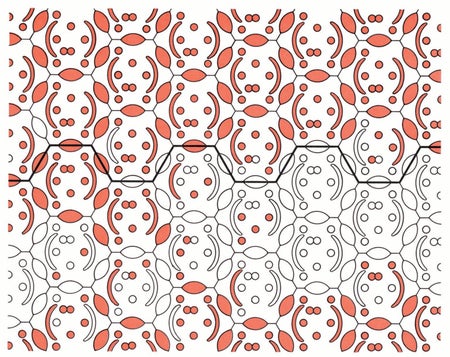
December 2024: Science History from 50, 100 and 150 Years Ago
Alcohol in space; basking in the limelight
Mark Fischetti has been a senior editor at Scientific American for 17 years and has covered sustainability issues, including climate, weather, environment, energy, food, water, biodiversity, population, and more. He assigns and edits feature articles, commentaries and news by journalists and scientists and also writes in those formats. He edits History, the magazine's department looking at science advances throughout time. He was founding managing editor of two spinoff magazines: Scientific American Mind and Scientific American Earth 3.0. His 2001 freelance article for the magazine, "Drowning New Orleans," predicted the widespread disaster that a storm like Hurricane Katrina would impose on the city. His video What Happens to Your Body after You Die?, has more than 12 million views on YouTube. Fischetti has written freelance articles for the New York Times, Sports Illustrated, Smithsonian, Technology Review, Fast Company, and many others. He co-authored the book Weaving the Web with Tim Berners-Lee, inventor of the World Wide Web, which tells the real story of how the Web was created. He also co-authored The New Killer Diseases with microbiologist Elinor Levy. Fischetti is a former managing editor of IEEE Spectrum Magazine and of Family Business Magazine. He has a physics degree and has twice served as the Attaway Fellow in Civic Culture at Centenary College of Louisiana, which awarded him an honorary doctorate. In 2021 he received the American Geophysical Union's Robert C. Cowen Award for Sustained Achievement in Science Journalism, which celebrates a career of outstanding reporting on the Earth and space sciences. He has appeared on NBC's Meet the Press, CNN, the History Channel, NPR News and many news radio stations. Follow Fischetti on X (formerly Twitter) @markfischetti

December 2024: Science History from 50, 100 and 150 Years Ago
Alcohol in space; basking in the limelight

November 2024: Science History from 50, 100 and 150 Years Ago
Computer chess champ; dental chloroform killer

Should We Abandon the Leap Second?
We have been adding “leap seconds” to time kept by our atomic clocks, but soon we may have to subtract one. Are the tiny adjustments worth the bother?

Pickleball Physics Explained, from Balls and Paddles to Shots
“Professor Pickleball” reveals the science behind the U.S.’s fastest-growing sport

As Earth’s Climate Unravels, More Scientists Are Ready to Test Geoengineering
More and more climate scientists are supporting experiments to cool Earth by altering the stratosphere or the ocean

October 2024: Science History from 50, 100 and 150 Years Ago
Best baseball batting order; mummies demystified

September 2024: Science History from 50, 100 and 150 Years Ago
Mysterious Mercury; spiders predict the weather

July/August 2024: Science History from 50, 100 and 150 Years Ago
Death rays; the sawfly’s barf defense

June 2024: Science History from 50, 100 and 150 Years Ago
Walking barefoot on hot stones; what makes bluebirds blue

May 2024: Science History from 50, 100 and 150 Years Ago
Pavlov’s dogs; Mercury’s dark side

April 2024: Science History from 50, 100 and 150 Years Ago
Chromosome cats; Louis Pasteur, master brewer

March 2024: Science History from 50, 100 and 150 Years Ago
Hashish addiction; a pension for Madame Curie

February 2024: Science History from 50, 100 and 150 Years Ago
Curious dinosaur eggs discovered; element 72 named

January 2024: Science History from 50, 100 and 150 Years Ago
Sleep potion; top speed limits

December 2023: Science History from 50, 100 and 150 Years Ago
Black hole sun; the deepest mine

History: November 2023
Mayan eclipses; birds sense cholera

Wine’s True Origins Are Finally Revealed
A broad genetic study has revised the prevailing narrative about how wine grapes spread around the world

History: October 2023
Earth as a zoo; sunburned eyes

Our Fragile Earth: How Close Are We to Climate Catastrophe?
Lessons from past eras when Earth was a hothouse or a snowball tell us whether we are doomed by climate change or still have time to prevent that fate

50, 100 & 150 Years Ago: September 2023
Drunk intestines; speedy pigeons

50, 100 & 150 Years Ago: July 2023
Crater mystery explained; Bunsen’s burner

50, 100 & 150 Years Ago: June 2023
Computer chess master; private bathing for birds

Watch Out: Tornado Alley Is Migrating Eastward
Tornado outbreaks are moving from Texas and Oklahoma toward Tennessee and Kentucky, where people may not be prepared

50, 100 & 150 Years Ago: May 2023
King Tut’s bountiful tomb; music from fire